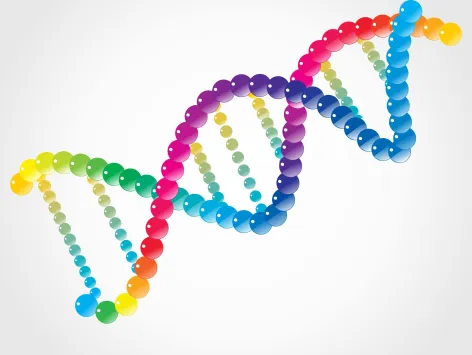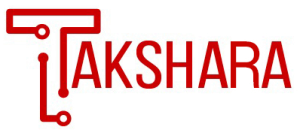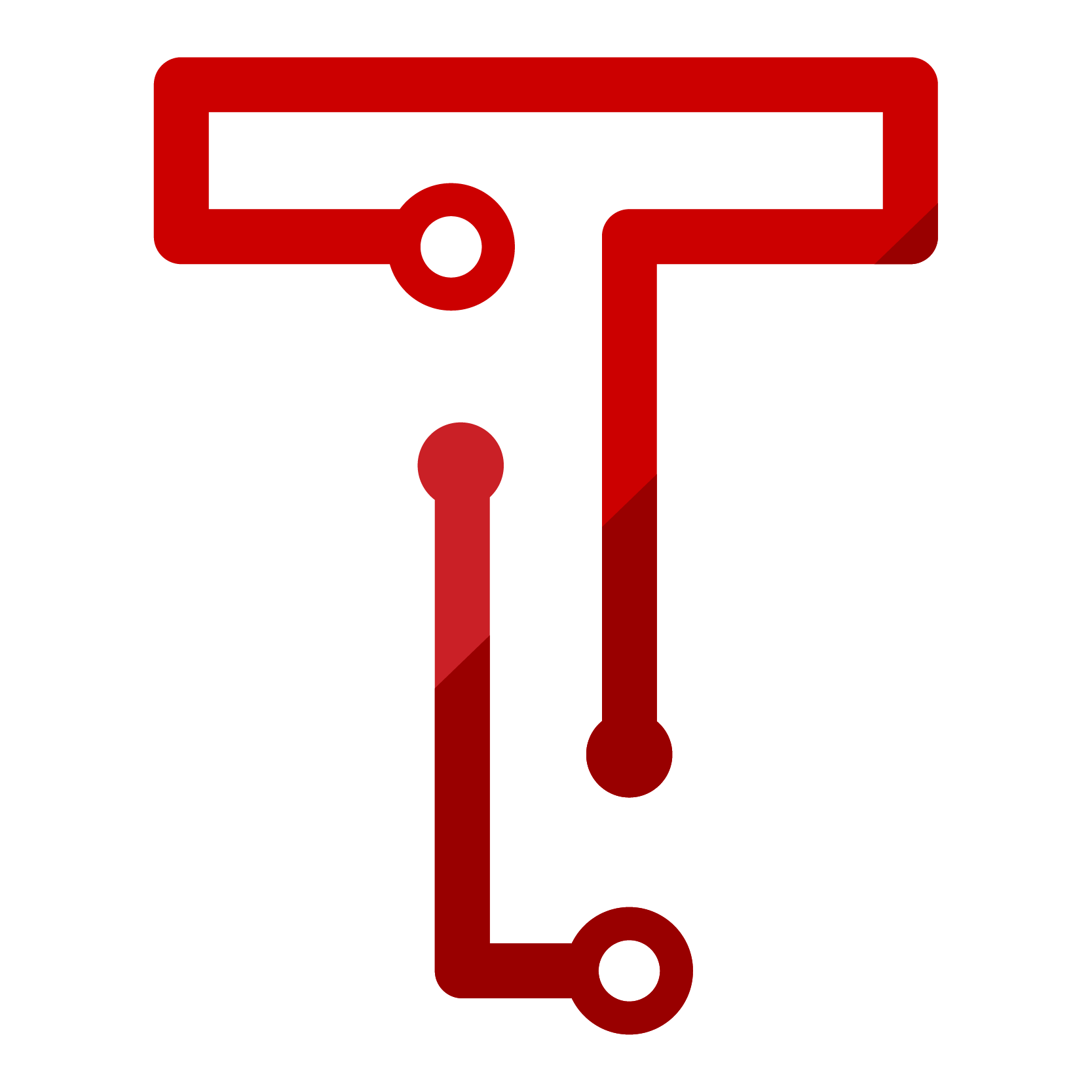REPRESENTATION OF A RELATION
A relation from a set A to set B can be represented in any one of the following three forms.
3.1 ROSTER FORM
In this form a relation R is represented by the set of all ordered pairs belonging to R.
Example: Let A = {–1, 1, 2} and B = {1, 4, 9, 10} Let aRb means a² = b Then R (in roaster form) = {(–1,
1), (1, 1), (2, 4)}
3.2 SET-BUILDER FORM
In this form, the relation R is represented as {(a,b) : a ∈ A, b ∈ B, a……b} the blank is to be replaced
by the rule which associates a to b.
Example: Let A = {1, 3, 5, 7}, B = {2, 4, 6, 8} Let R = {(1, 2), (3, 4), (5, 6), (7, 8)}, then R in the builder
form can be written as {(a,b) : a ∈ A, b ∈ B, a-b = -1}
3.3 BY ARROW DIAGRAM
In this form, the relation R is represented by drawing arrows from first component to the second
component of all ordered pairs belonging to R.
Example: Let A = {1, 2, 3, 4}, B = {0, 2, 4} and R be relation ‘is less than’ from A to B, then R = {(1,2),
(1,4), (2,4), (3,4)} This relation R from A to B can be represented by the arrow diagram as shown in
the figure.




